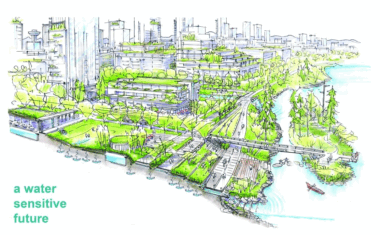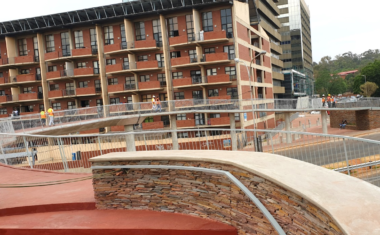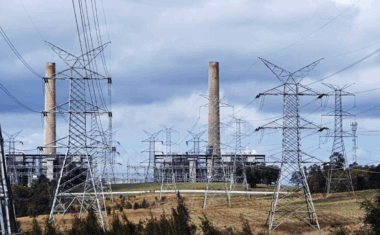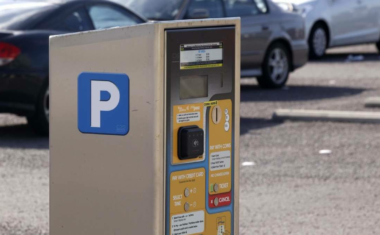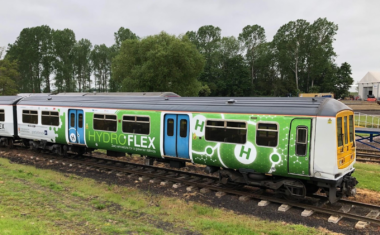CopenHill
- 97
- 5 min to read

About the city. Copenhagen city has the goal of becoming the world’s first carbon-neutral city by 2025.
Goal
CopenHill aims to be the cleanest waste-to-energy plant in the world, helping the city of Copenhagen achieve its goal of becoming the world’s first carbon-neutral city by 2025.
Implementation period. The energy plant has been in operation since 2017, ski slopes opened to the public in 2019.
Fact
In the 1970s, almost 50% of Copenhagen waste ended up in landfill sites. Today it’s less than 2% because of installations like CopenHill.
Solutions
Copenhagen’s Amager Resource Center was hailed as a landmark example of public architecture from the outset. With a chimney that would rhythmically puff out steam rings for every ton of carbon dioxide produced by the plant, its architects wanted to put the “fun factor” into a nondescript industrial building. This was, in part, to raise consciousness about energy consumption and its effect on the planet.
CopenHill – the artificial ski slope and recreational hiking area opened in the fall 2019, built on top of the waste management centre.
Copenhill is distinguished by its wedge-shaped form, sloped green roof and blocky facade composed of 1.2-metre-tall and 3.3-metre-wide aluminium bricks that are stacked like giant bricks.
Inside it is filled with “the latest technologies in waste treatment and energy production”, capable of incinerating 440,000 tons of waste to make clean energy that will deliver electricity and district heating for 150,000 homes annually.
This machinery is all arranged in height order, which forms the building’s sloped rooftop and resulting 9,000-metre-squared ski terrain.
Challenges
Due to the high temperatures and pressure levels reached in the boilers and scrubbers, the biggest risk to the structure of waste-to-energy plants is to have the roof quite literally pop off.
In order to ensure this does not happen, not only is the roof made of reinforced concrete slabs, but a series of high-level water tanks were placed beneath it to cool the plant’s internal temperature and extinguish any fires that may cause an emergency situation.
Team
CopenHill is run by the Amager Resource Centre (ARC) and has been designed by BIG (Bjarke Ingels Group)
Timeline
In 2018, roughly 450,000 tons of garbage was fed into two furnaces and converted into electricity for 30,000 households and heating for 72,000 households.
CopenHill now serves 98% of the city, saving the capital an estimated 650,000 tonnes of CO2 a year.
If you notice an error or inaccuracy in our editorials, please email [email protected] so we can look into it.

